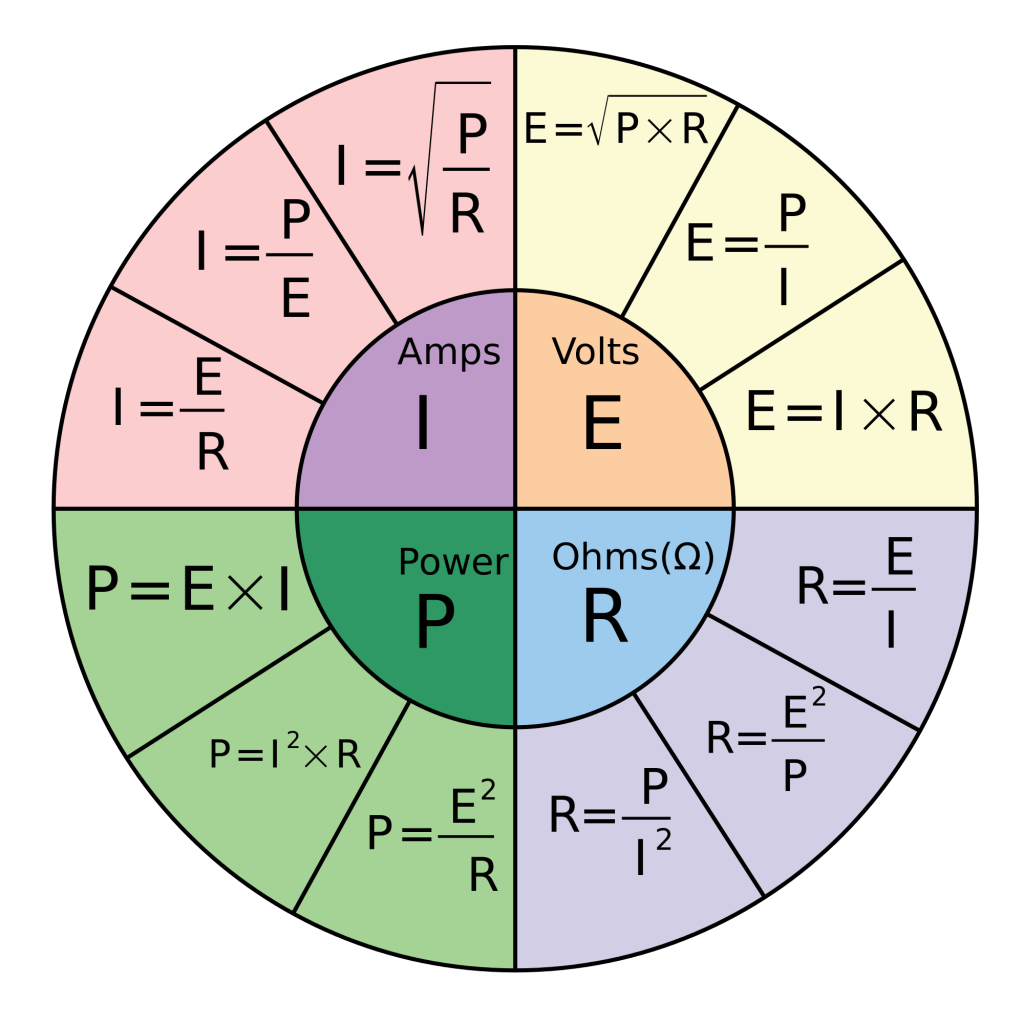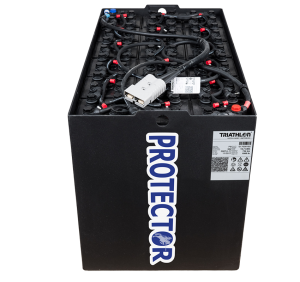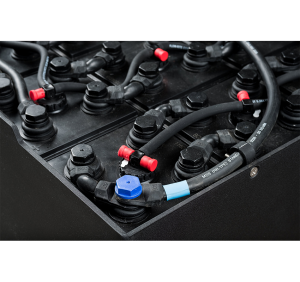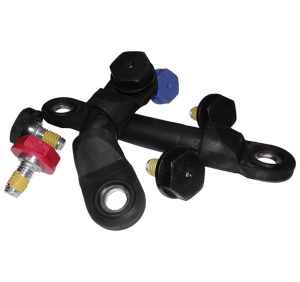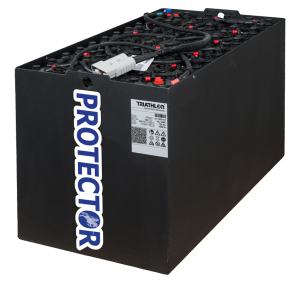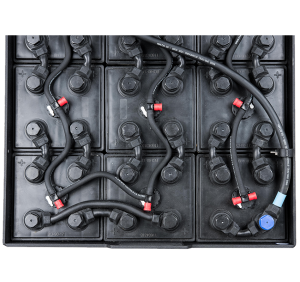
Electrical Advantages
Traditional burned on lead intercell connectors represent a source of heating and lost efficiency within a battery. Protector batteries flexible high strand count copper cabling has a lower resistance resulting in superior electrical conductivity.
The comparative measure for electrical conductivity of alloys is the International Annealed Copper Standard (IACS) which uses copper as the standard against which all other alloys are judged. With lead in a pure unhardened form free from antimony the IACS classification is 8.4% of copper. After hardening the IACS conductivity of lead is less than 8% of copper.
Minimized resistance of cell connections results in minimized heat loss when charging or discharging a battery. The heat loss in a circuit is calculated by multiplying the resistance of the circuit by the square of current through the circuit. With copper providing electrical conductivity twelve times better than lead, Protector intercell connections deliver the most efficient use of each cells energy, turning charge energy into chemical storage and discharge energy into vehicle propulsion instead of battery heat. While this advantage may go unnoticed in light duty applications using low charging rates, the nature of the heating effect makes this advantage stand out in heavy use opportunity charge rate applications.
